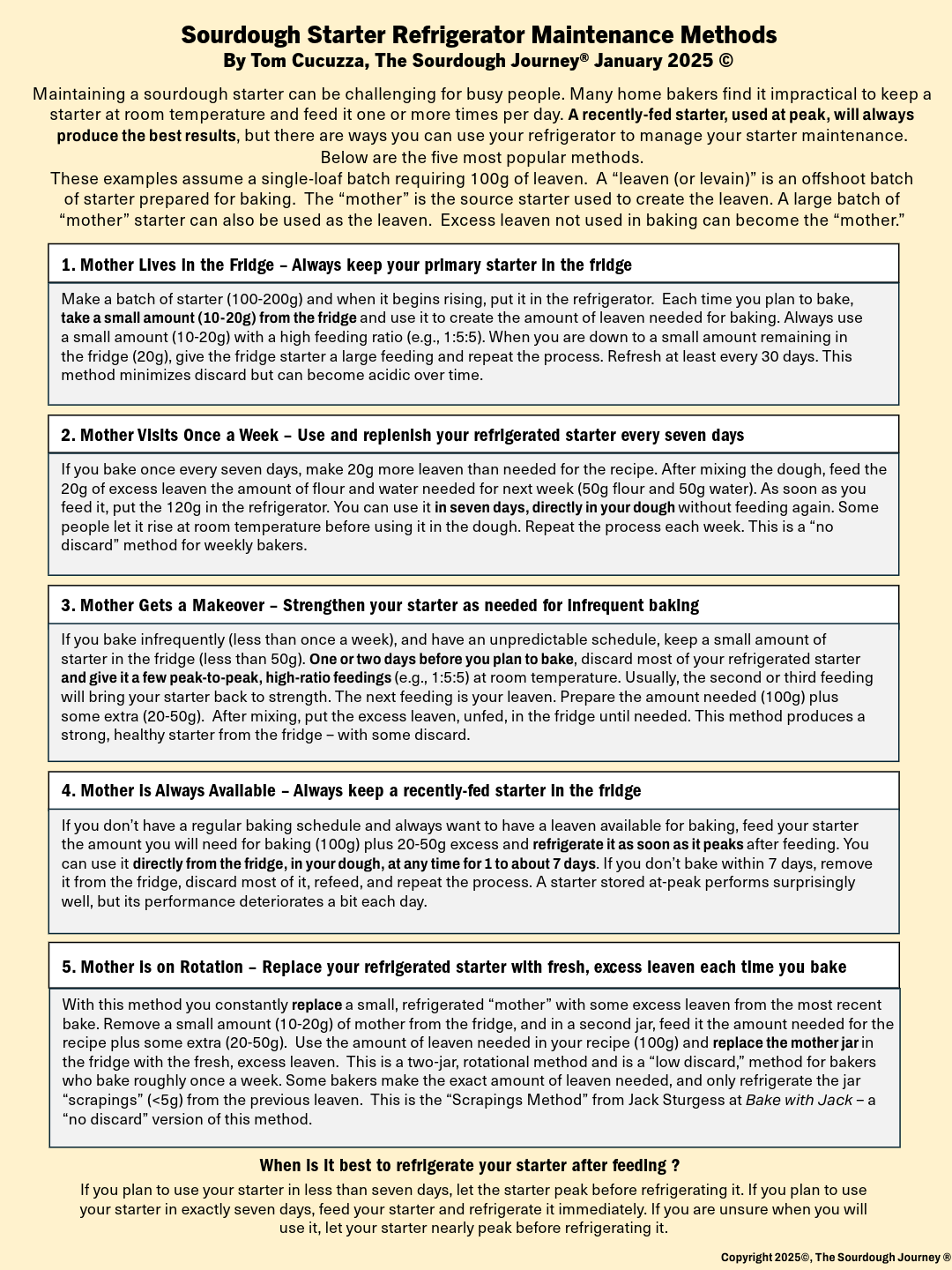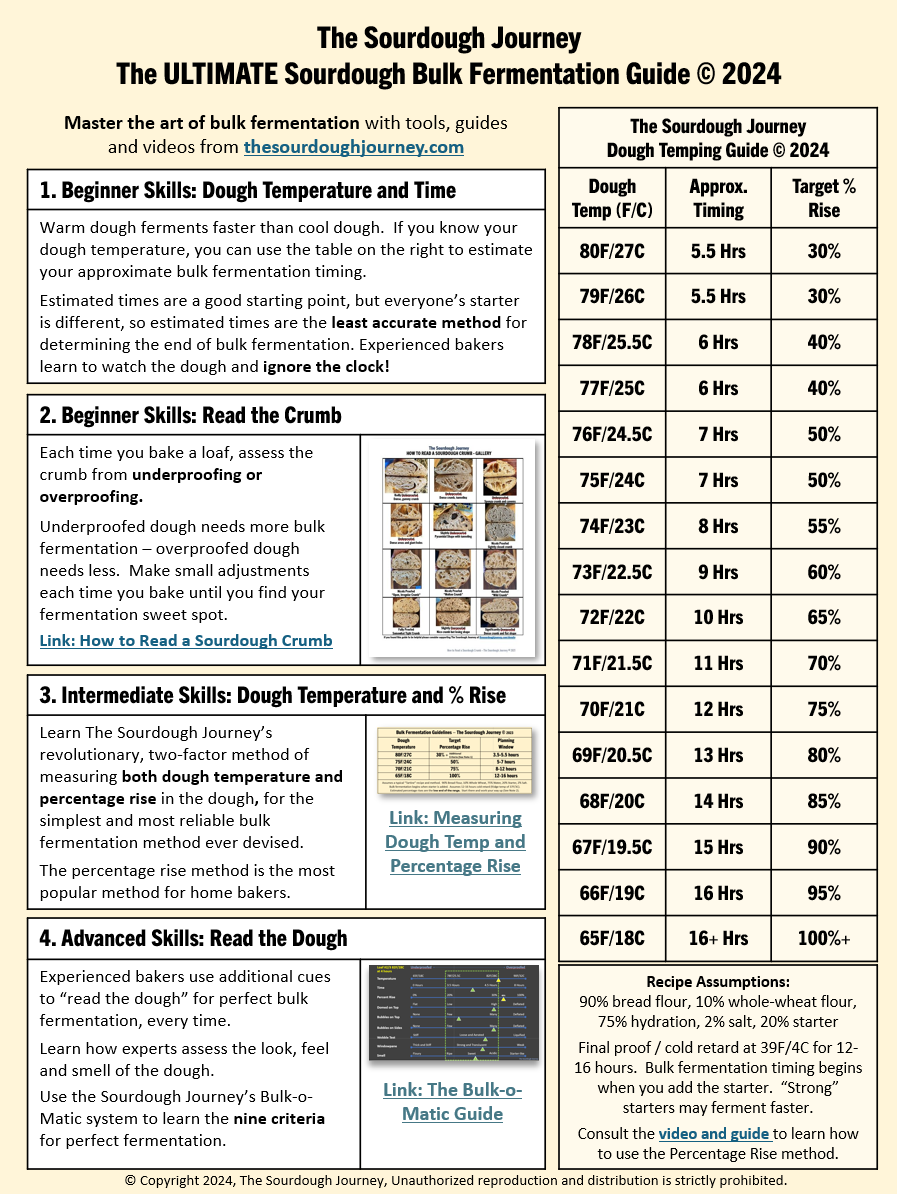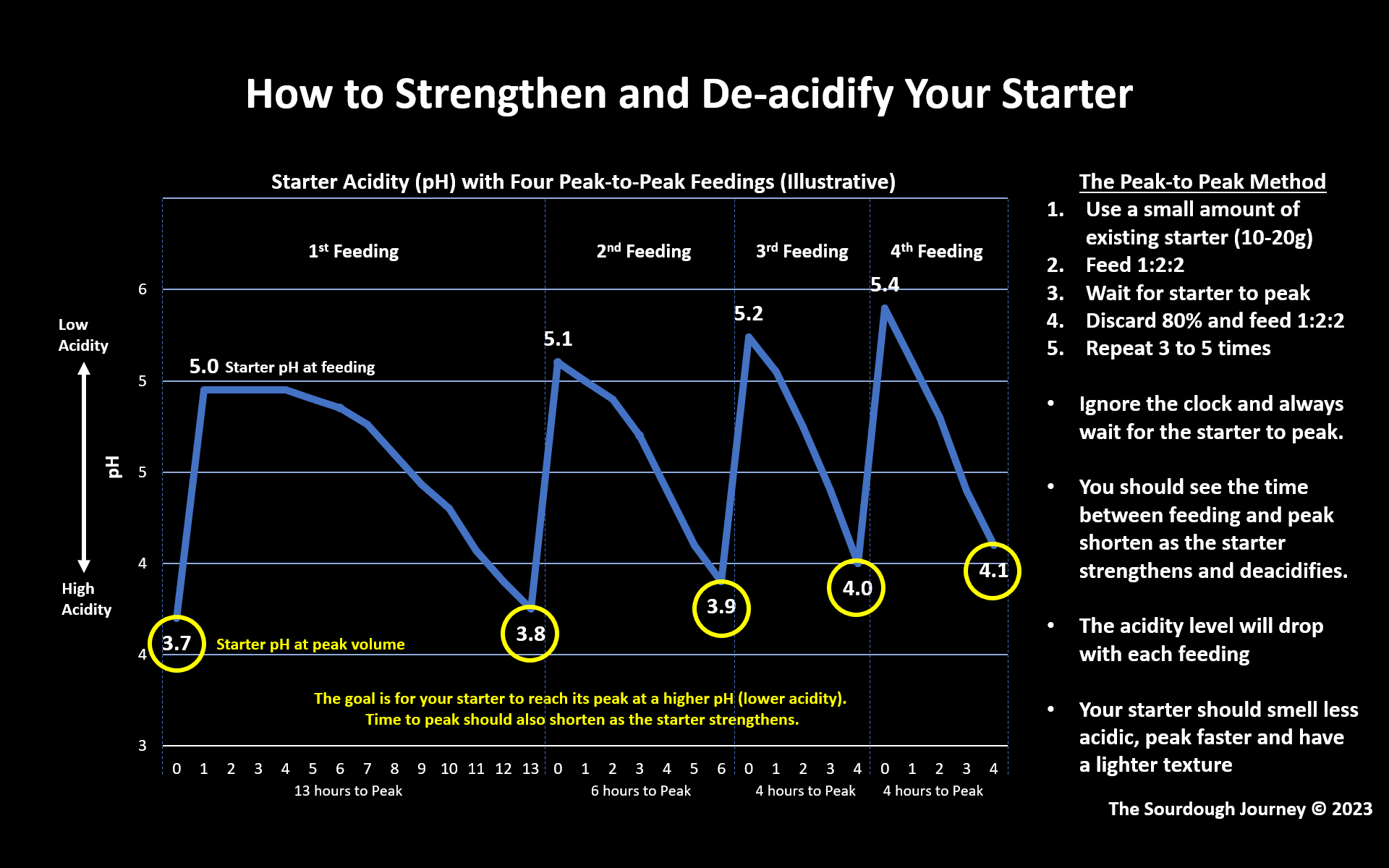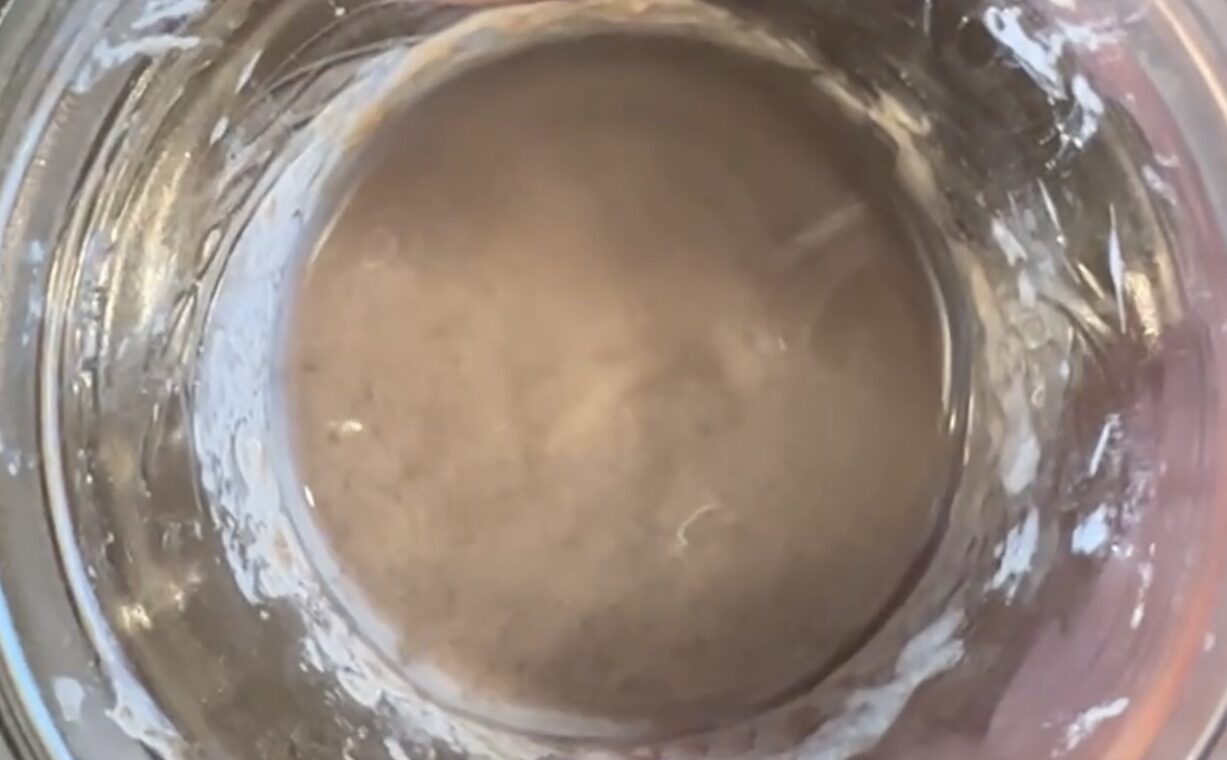By Tom Cucuzza, The Sourdough Journey © September 2023
Many new sourdough bakers struggle with creating sourdough
starters. The most common problem I see
is new bakers trying to create a starter with 100% all-purpose flour (or 100%
bread flour).
The best flour blend for creating a new sourdough starter is
50% whole-meal flour (whole wheat or whole rye) and 50% bread flour or all-purpose
flour.
I recommend a 50/50 mix of whole wheat flour and bread flour.
Why do you need to use these two types of flour?
When establishing a new sourdough starter, the vast majority
of the yeast cells and lactic acid bacteria cells come from the flour. The microbes attach themselves to the wheat
berries in the wheat field and are lying dormant in the bag of flour. Contrary to popular belief, the microbes in
your kitchen that come from the air, or your hands, or your utensils are an infinitesimally
small contributor to the microbial population of a new starter.
The beneficial microbes (yeast and lactic acid bacteria) are
found on the outside hull or shell of a wheat berry. When you buy a bag of whole-meal flour (whole
wheat or whole rye), it includes 100% of the wheat berry (the hull, the
endosperm and the germ). So, the microbes
attached to the outside of the wheat berry are ground up in the milling process
and end up in your bag of flour.
With processed flours like bread flour and all-purpose
flour, much of the bran (the hull of the wheat berry), is extracted from the
flour and discarded in the milling process.
Many of the microbes attached to the outside of the wheat berry are discarded
with the hull and do not end up in a bag of bread flour or all-purpose flour. Refined flours, like bread flour and all-purpose
flour, are also subject to more mechanical milling which can damage the cell membranes
of the microbes – reducing the viable population of microbes.
Lastly, whole-meal flours contain unique nutrients and enzymes which are beneficial to jump-starting the microbial population in a new sourdough starter.
Why not use 100% whole-meal flours?
You can create a starter with 100% whole-meal flour, but, in
my experience, you will get best results with a blend.
As the yeast and lactic acid bacteria populations begin
growing, they need a food source (sugars and starches). Bread flour or all-purpose flour provide a
more readily available food source than whole-meal flours. Refined flours are easily converted to sugars,
which are the essential food source for your new starter.
A simple way to think about a 50/50 flour blend is – the whole-meal flour provides the “bugs” and the refined flour provides the “food.”
Do I need to continue feeding the 50/50 mix forever?
Once your starter is established, you can transition to
feeding it 100% bread flour or all-purpose flour. An established starter (e.g., 14-30 days after
creation) has a robust microbial population, and the feedings from that point forward
are primarily providing the food, not additional microbes.
I feed my starter a 50/50 mix of bread flour and whole-wheat
flour, but many bakers maintain strong starters with bread flour or all-purpose
flour.
Tom Cucuzza
Share:
Related Posts

Sourdough Starter: Refrigeration Maintenance Methods
How can I maintain my sourdough starter in the refrigerator instead of at room temperature?

The ULTIMATE Sourdough Bulk Fermentation Guide
When is sourdough bulk fermentation finished?

Dough Temping for PERFECT Sourdough Fermentation
What is sourdough “dough temping,” and how does it work?

The Science of the Peak-to-Peak Method of Strengthening a Sourdough Starter
What is the Peak-to-Peak Method and how does it strengthen a weak sourdough starter?

How to Strengthen a Weak, Acidic Starter
Is your sourdough starter sluggish? How do you identify and fix a weak, acidic starter. This document is the companion guide to the popular video “How to Strengthen a Weak, Acidic Starter.”
